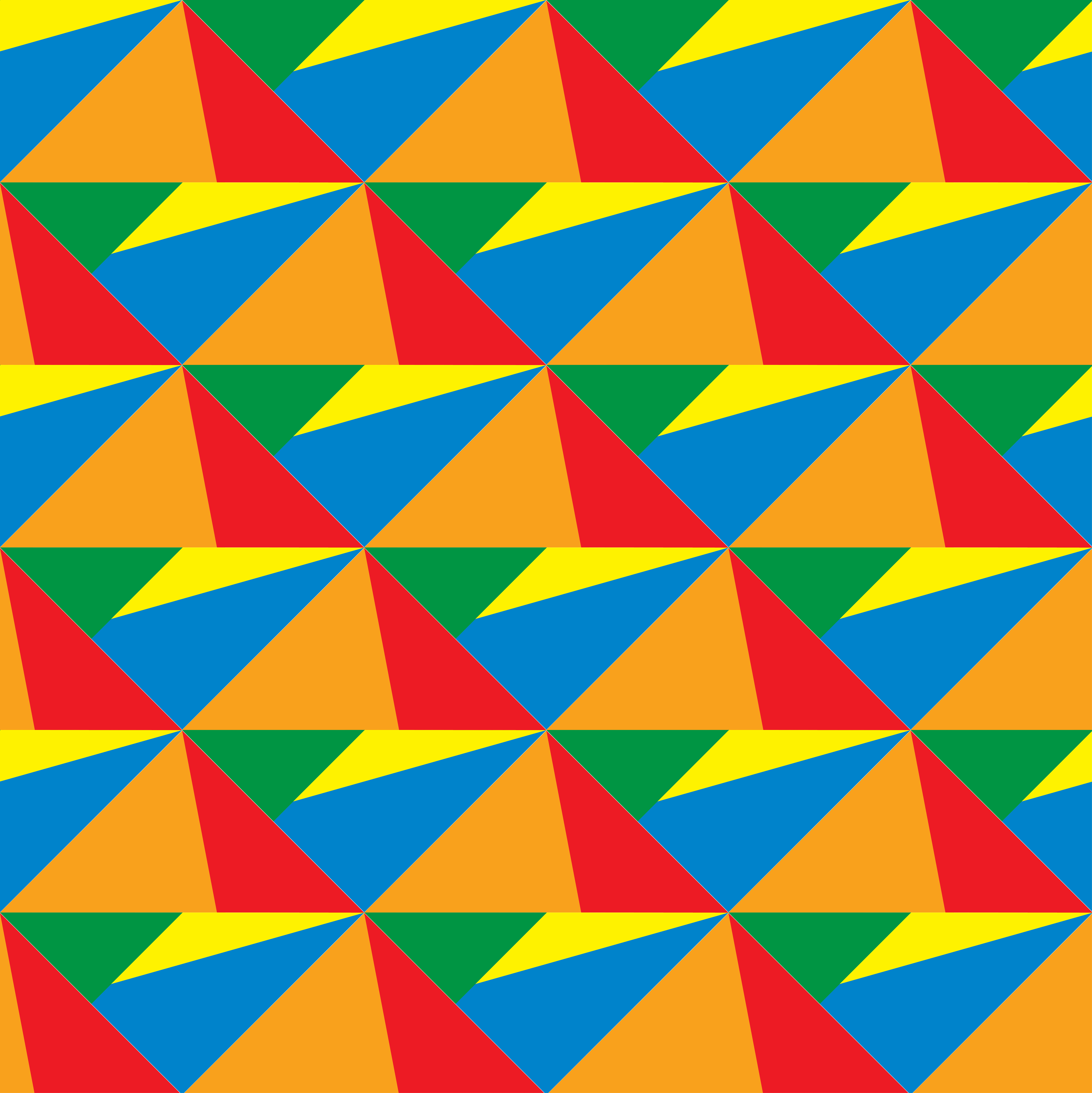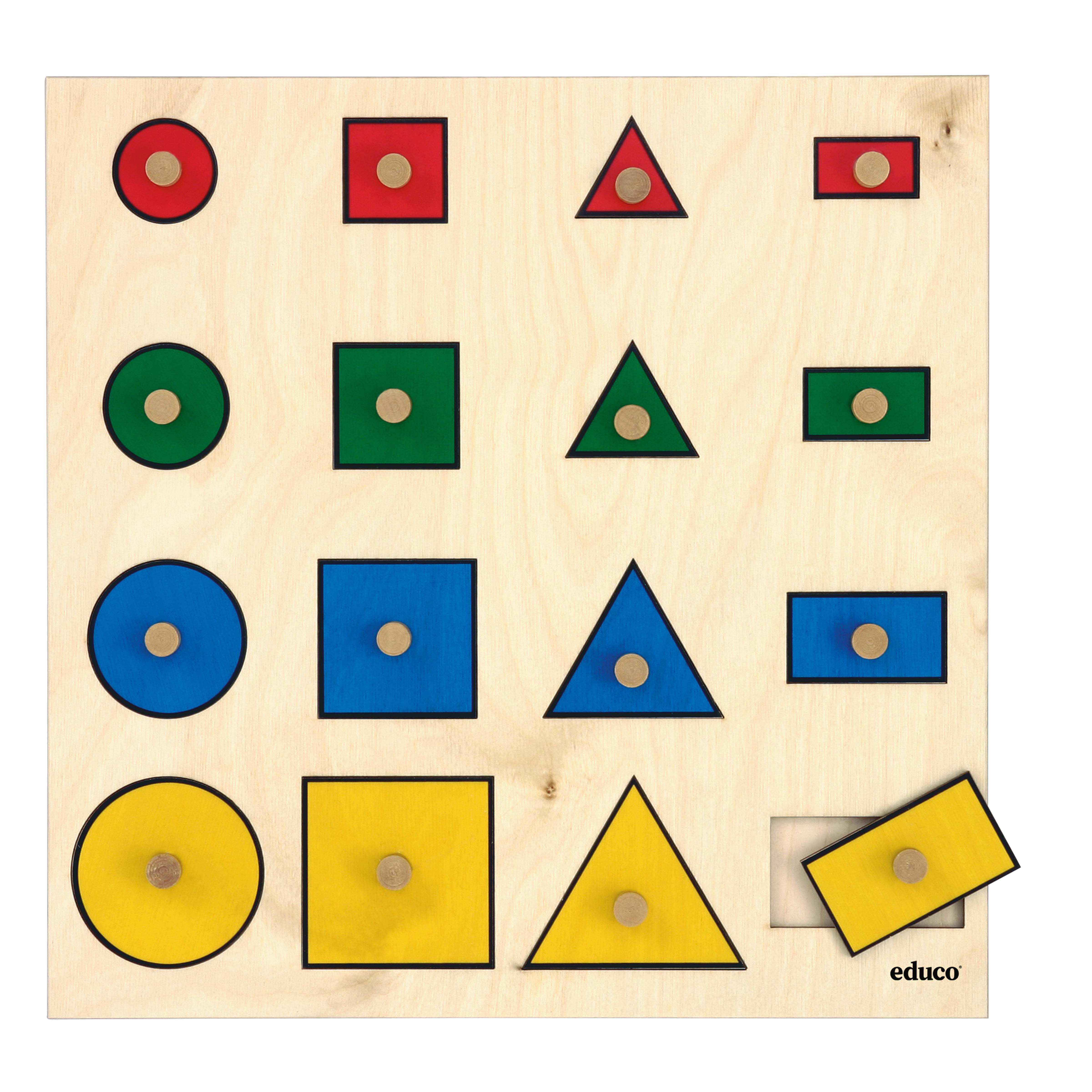
For all these reasons, it is best to research shapes like these individually whenever you plan to use one in design. Without the shared cultural understanding, it would mean nothing to them. Imagine showing that icon to someone who had been living without any technology for the last few decades and had never used an app. Similarly, in everyday app usage, we understand three parallel lines (the hamburger icon) to signify a menu. For example, in some cultures a cross can represent the four seasons, and in others it is a religious symbolic reference to crucifixion. Icons by JansDesignĪs abstract shapes typically rely on symbolism or references based around external knowledge, their meaning can vary widely depending on the specific shape and context. The meaning of geometric shapesĪlthough abstract shapes contain geometric shapes, their meaning is based on reference and symbolism. Now that we understand the different forms these shapes can take, let’s explore their meanings in detail. Check out our guide to gestalt principles for more on how shape groupings work> A justified alignment of text will create paragraph squares whereas a centered alignment will create an organic, free-flowing shape. The most obvious example is text: even if the letters are separate, an entire paragraph can form a unified shape due to the design principles of proximity and contrast (against a neutral background).

Even objects that are not explicitly connected can form unified shapes. In real life, shapes are defined by light and shadow, and painters often use this approach for three-dimensional realism. In simple drawings, shapes are usually defined by outline or color. If everything is a shape, how does one decide where one shape ends and another begins? In short, abstract shapes depend on prior context or cultural knowledge.Īnother concern for designers is how shapes are formed. And we understand the shape to represent a person due to our familiarity with the symbol. Instead of the explicit shapes, the circles and rectangles make up this abstract icon. Most commonly these come in the forms of icons, such as the abstract humanoids used in bathroom signs. non-abstract: Abstract shapes, while often geometric and compound, tend to act as a symbolic reference. They tend to be curvier, composed of looser lines and less symmetrical than inorganic shapes-rigid, geometrical forms that are reminiscent of man-made objects such as buildings or machines. inorganic: Organic shapes are those that regularly occur in nature, such as a tree limb or rolling hillside. Compound shapes are larger, more complex shapes built out of simple shapes. This also includes their corresponding 3D forms-cubes, cylinders, cones and spheres. compound: Simple shapes, sometimes called primitives, are the foundational geometric forms such as squares, triangles and circles. We’ll list some of the common types of shapes here, and be sure to note the way in which these categories can overlap: By Asaad™ This is why it is useful to sort shapes into overarching categories that share meanings as groups. Since all visible matter has a shape, the sheer number of potential shapes and meanings can seem never ending.
#Different shapes how to
To make sure your shapes are speaking a language your viewers will understand, we’re going to walk you through how to use the meaning of shapes in design. Conversely, failing to understand the meanings of shapes can result in unintended or mixed messages. Along with the other elements of design, shapes allow designers to convey characteristics and emotions in a nonverbal way.

This is sometimes called shape language or shape psychology. But shapes are more than just practical, constructive tools: their meanings are what allow designers to communicate visually. They are so universal most visual artists first learn how to draw through construction, or breaking down images into basic geometry.

Shapes are the building blocks of everything we see, and the meaning of shapes speaks fundamentally to how we understand our world.


 0 kommentar(er)
0 kommentar(er)
